I’m Justas from Lithuania, and I’m an avid DX’er. Radio has been my passion and hobby for as long as I can remember, and it’s what led me to create the OpenWebRX (sdr.Gudynas.lt) project. DXing is a captivating pursuit that involves capturing distant radio signals, exploring atmospheric conditions, and pushing the limits of long-distance radio communication.
In my quest to deepen my understanding of the radio world and share this fascinating hobby with others, I conceived the sdr.Gudynas.lt project. It’s a project that offers a unique window into the world of radio spectrum exploration, accessible to anyone with an internet connection.
OpenWebRX is my way of making DXing accessible and user-friendly. Through this platform, radio enthusiasts can remotely access and control a software-defined radio receiver, tune into various frequency bands, and embark on journeys into shortwave, amateur radio, or broadcast radio. It’s an opportunity to learn about radio propagation and be part of a community that shares its discoveries and knowledge with the world.
What sets OpenWebRX apart is its open-source nature. The project’s code and documentation are freely available, inviting others to contribute, learn, and improve the platform. This open collaboration fuels innovation and fosters a spirit of exploration and discovery.
I will use this page to share updates and news about the project.
Latest news:
2025-04-19 SDR.Gudynas.lt upgrades, ADS-B receiver installed
2024-11-09 Ready for Winter, Network upgrades, and What was done in 2024 for sdr.gudynas.lt project
2023-09-24 Enabled Background decoding and HF propagation
Main SDR page – https://sdr.gudynas.lt
ADSB Tracker (This feature is available only when you select the ADS-B band. After selecting it, proceed to the ADS-B page.) – https://adsb.gudynas.lt
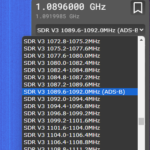
SDR.Gudynas.lt upgrades, ADS-B receiver installed
System graphs, CPU temp and etc.: https://adsb.gudynas.lt/graphs1090/
Hardware: Fujitsu esprimo c710 Intel(R) Core(TM) i3-3220 CPU @ 3.30GHz, 2GB RAM, 320GB HDD
Software:
OS: Debian 11 x64
SDR software: OpenWebRX+
SDR Receiver:
RTL SDR v3 with LF/MF Improvement / Bias Tee Disable Mod
Coxial Cable:
RG-6 75ohm; 1.02MM CU-CU
Antenna:
Discone antenna 75-900 MHz
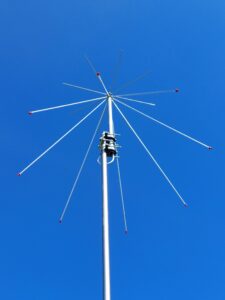
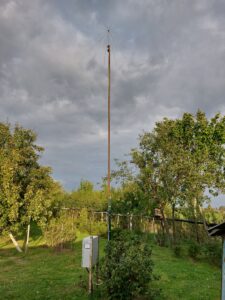
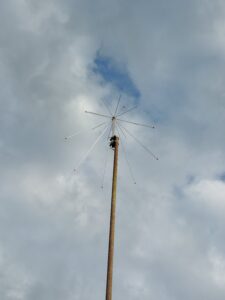
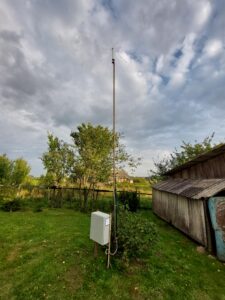
I’m utilizing an outdoor metal box, specifically the Tibox ST4 520, 500x400x200. This robust enclosure has been personalized to meet my needs. I’ve made several modifications, enhancing its functionality to suit my purposes.
One of the significant additions is the RDH 1238B1 12V fan, strategically integrated to regulate temperature within the box. To ensure precise control over the cooling process, I’ve also installed the XH-W3001 thermostat, which efficiently manages the fan’s operation. Furthermore, to facilitate efficient airflow and safeguard the contents within the box, I’ve incorporated grills on both the right wall and the lower left side of the enclosure.
Currently, I’ve configured the thermostat settings to activate the fan when the temperature reaches +50 degrees Celsius and deactivate it when it falls to 40 degrees. However, it’s worth noting that my testing has taken place during the autumn season in Lithuania, which tends to be milder in terms of temperature.
The upcoming summer, with its potentially scorching heat and the absence of shade, presents a unique challenge. Since the enclosure is consistently exposed to direct sunlight, the thermostat settings may need to be adjusted to better accommodate the higher summer temperatures.
Current CPU temp:
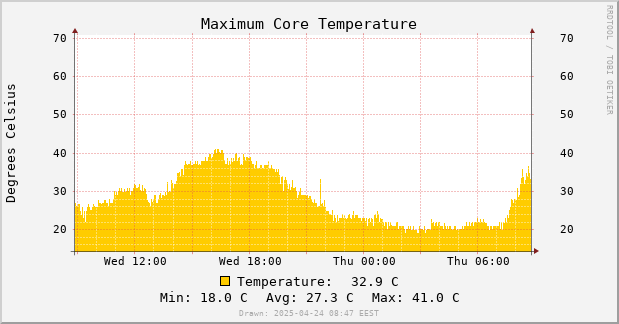
Network connection:
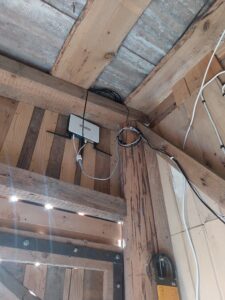
As of now, my primary network connection gateway is the Huawei B525s-23a 4G LTE router. To extend the network’s reach outdoor box, I’ve been using the TP-Link TL-WR1043ND v1.x router, connected via a 2.4GHz N WiFi about 15-20meters from house where is Huawei Gateway. Then UTP cable directly to my outdoor box where is SDR receiver and PC. This setup has worked well, especially considering that the TP-Link router has been flashed with DD-WRT v3.0-r44715. TP-Link is connected to my home network in Vilnius via Wireguard tunnel and all traffic is going through the tunnel. The main sdr.Gudynas.lt is reachable via Cloudflare Zero Trust Tunnel.
I plan to change tp-link to some Mikrotik router because now it hangs sometimes due to low available resources. I will inform you about this separately.
New network setup: https://blog.gudynas.lt/2024/11/09/ready-for-winter-network-upgrades-and-what-was-done-in-2024-for-sdr-gudynas-lt-project/
Funny fact that I forgot to measure how high the antenna is :D, for now I can only give you this information that we are 191m above sea level, but next time when the antenna is on the ground I will not forget to measure it
Have a suggestion or question? write to me [email protected] I will also wait for a comment here.
Latest news and foto will be here: https://blog.gudynas.lt/category/sdr-gudynas-lt-project/
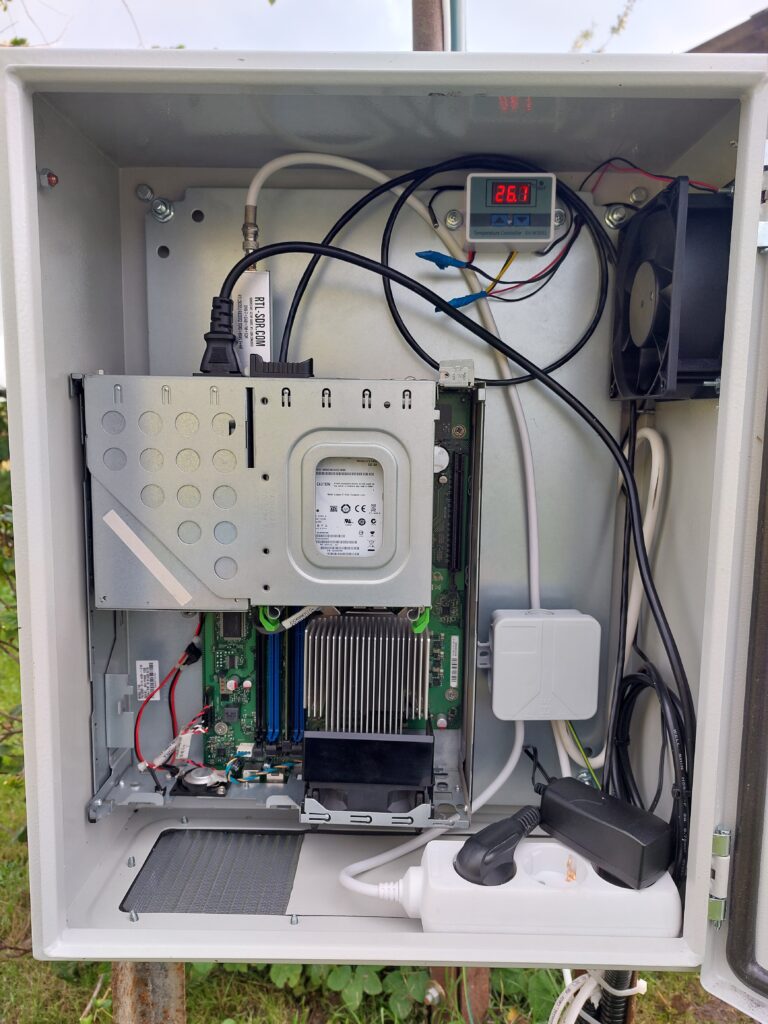
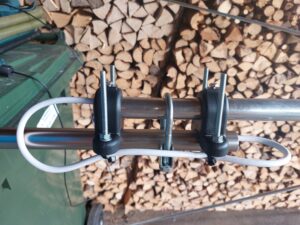
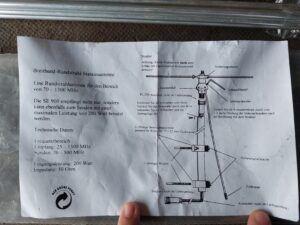
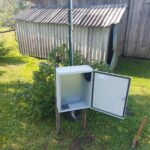
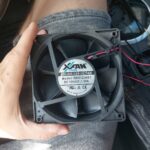
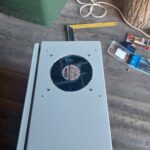
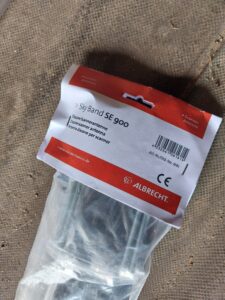
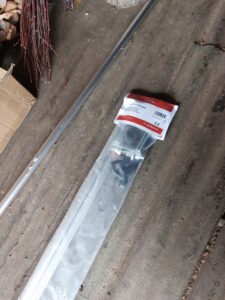
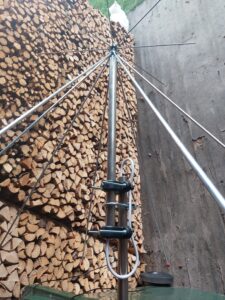
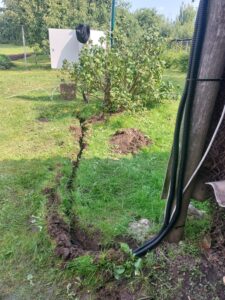
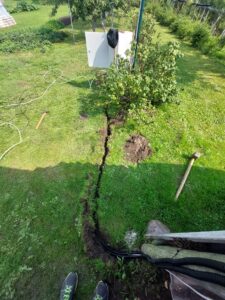
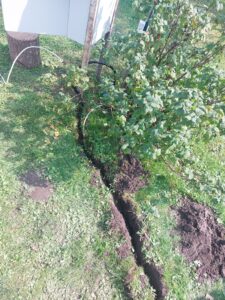
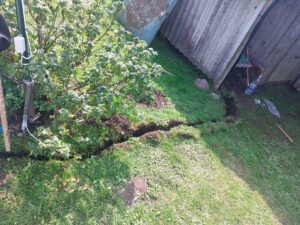
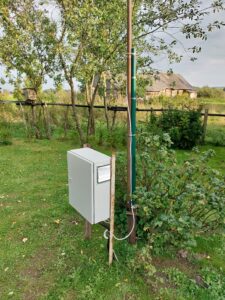
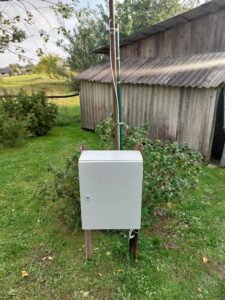
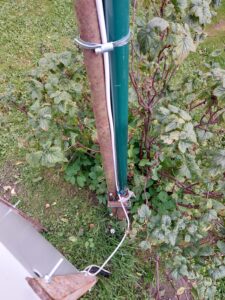
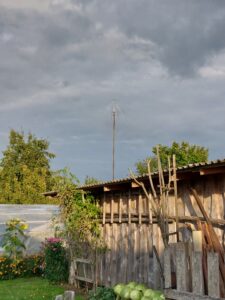
Hi, thank you for your project page. Your outdoor remote solution is very inspiring for me cause I would like to have a similar thing for myself. Just started 2 raspis : one as an wifi usb server for a perseus sdr and the other as a server for openwebrx+ /rtl-sdr v4 and a fifi sdr. Antennas on my balcony : ALA1530, Bonito whip, small dipol. In a first step I plan to have the whole equipment in a wheather safe box outside on my balcony, while I’ve remote access via wifi from inside. Currently I’m testing the wifi connection with the raspis inside and the antennas are connected via “coax window pass through”.
The antennas are switched by an ELAD ASA-62 which might be prepared for remote control but I would prefer a smaller and software controlled switch.
My aim is a remote system, which can be easily installed at a place somewhere on a hill where I might rent a small place with an ac power connection and a mobile or stationary internet access.
However I’ll will visit your web site again from time to time. Have fun!
73
Bernd from germany
Thank you for this service
Beautiful web page! I’m new to SDR, but this is a great way to learn about it. I compared the reception of “Buzzer – UVB-76” (4.625MHz) on my Sony ICF-SW7600GR, daytime and midnight. With all the processing delays, the buzz signal from your SDR starts about 0.1 sec later than from my Sony. The reception at night seemed a little better here (Lake Constance, Germany); daytime I get no signal, but yours looks good. Is it possible to add a long-wire antenna for the lower SW bands?